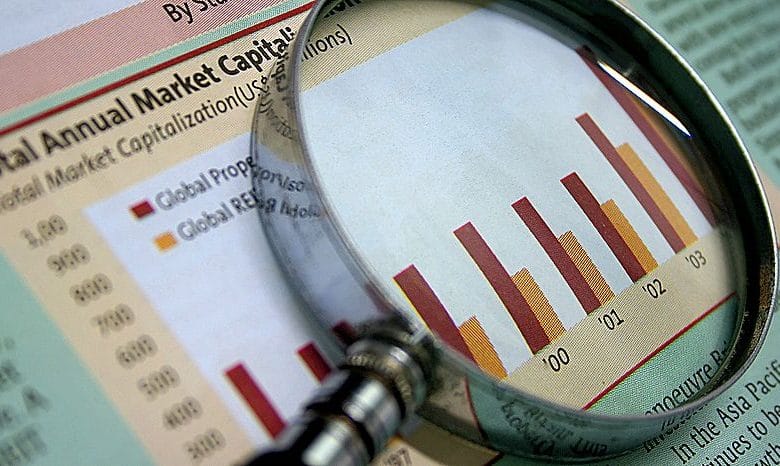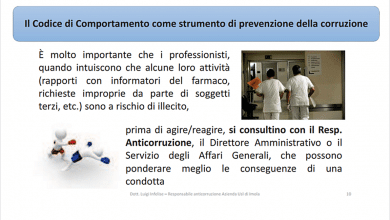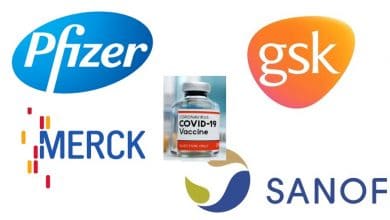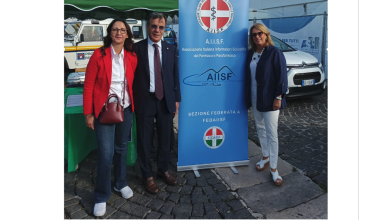
For the first time, Istat releases the estimates on the health accounts system for the period 2012-2016: it provides an information framework of the country's health system useful for meeting analysis needs and for making international comparisons. The system of health accounts is built according to the methodology of the System of Health Accounts - SHA - and is in line with the accounting rules dictated by the European System of Accounts, ESA 2010.
 In 2016, current health expenditure amounted to 149,500 million euros, with an incidence on GDP of 8.9%, 75% of which was supported by the public sector and the remainder by the private sector.
In 2016, current health expenditure amounted to 149,500 million euros, with an incidence on GDP of 8.9%, 75% of which was supported by the public sector and the remainder by the private sector.
Private healthcare expenditure in 2016 amounted to 37,318 million euros, its incidence on GDP is 2.2%. 90.9 per cent of private health expenditure is borne directly by families.
In 2016, per capita health expenditure amounted to 2,466 euros and recorded an average annual increase of 0.7% compared to 2012.
Expenditure on healthcare for treatment and rehabilitation in 2016 amounted to 82,032 million euros, with an incidence of 54.9% on total healthcare expenditure and 4.9% on GDP. The second expenditure component is that for pharmaceutical products and other therapeutic devices, with 106 million euros and a share of 20.8% of the total.
In 2016, hospitals were the main providers of assistance in the Italian health system, with an incidence of 45.5% on total current health expenditure. In second place are the providers of outpatient health services which account for 22.4%.
In 2014, Italy's health expenditure was significantly lower than that of other important European Union countries, both in terms of per capita value and in relation to GDP. Against the approximately 2,404 euros per inhabitant spent in Italy, the United Kingdom, France and Germany spend between 3,000 and 4,000 euros per inhabitant. Again in 2014, expenditure as a ratio of GDP was close to 11% in France and Germany, just below 10% in the United Kingdom and around 9% in Italy and Spain.
ISTAT – Reference period Years 2012-2016 – Publication date 04 July 2017





